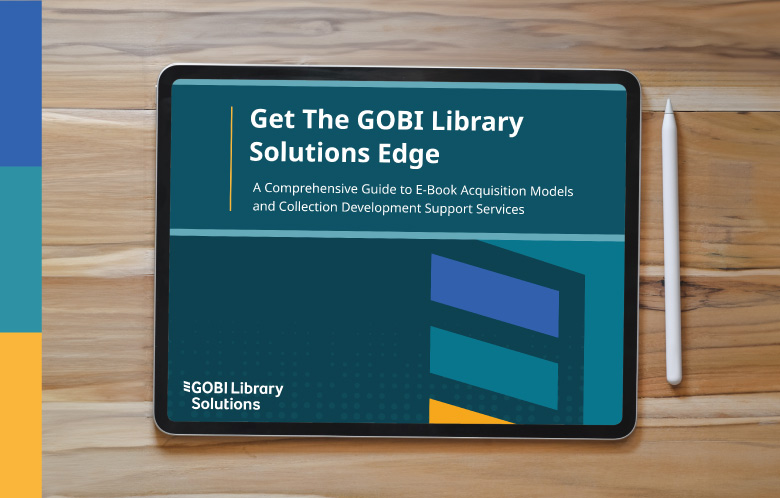Transcript | Download
BiblioGraph Video Series: Putting BiblioGraph into Practice
This is Richard Burkett, director of SaaS Innovation at EBSCO. We’ve heard in previous recordings in this series that the move to the linked data format BIBFRAME allows for descriptive data of your collection to be used in new ways. We going to have a look at what that means in terms of visualizing your data and how we get to this point. Conversion from MARC records into BIBFRAME resources allows us to identify a subject and apply a unique identifier. For example, with the well-known work The World as I See It, here is the subject. We can also identify an object and again apply a unique identifier. In this case, it's the author, Albert Einstein. Crucially, we understand the relationship between the subject and the object in the formation of a predicate, a link between the subject and object. Here BIBFRAME understands that relationship is of creator. There are other relationships that BIBFRAME understands, but they can all have a unique identifier applied to them, which enables them to be referred to within a data graph. This rich descriptive resource is stored as N-Triples, a common RDF format that can be used in many ways. One way is to be able to visualize your collection data. We can do this because the move to BIBFRAME confers advantage not possible with the MARC format. Here we can see the use of end point or flat file to combine specific collections. For example, all works tied to a specific author, in this case Albert Einstein. And we can visually illustrate books, articles, objects that the library holds in its collections and see how the library might support a particular field of study. This demonstrates the library truly holds big data with rich collections. It allows us to open up new and optimize existing research pathways.


